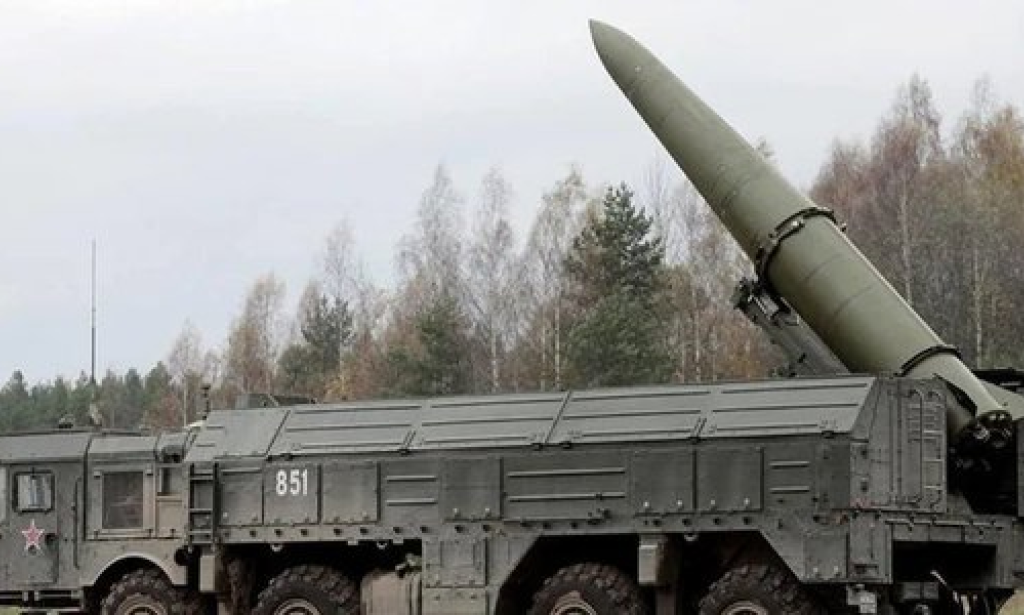In a significant shift in U.S. policy, President Joe Biden has approved Ukraine’s use of U.S.-supplied long-range ATACMS missiles to strike Russian targets. This decision marks a departure from months of resistance by Washington, which had refused Kyiv’s requests to employ these advanced weapons beyond Ukrainian borders. ATACMS missiles, known for their ability to reach deep into enemy territory, represent a substantial enhancement to Ukraine’s military capabilities. Ukrainian President Volodymyr Zelensky downplayed formal announcements of the decision, stating that “missiles speak for themselves,” reflecting the strategic importance of these weapons in the ongoing conflict.
The policy shift has drawn sharp criticism from Russia. President Vladimir Putin has warned that such a move constitutes direct NATO intervention in the war, heightening the risk of escalation. Moscow has consistently cautioned Western nations against increasing military aid to Ukraine, arguing that it could further destabilize the region and widen the conflict. This development underscores the delicate balance Washington seeks to maintain: supporting Ukraine militarily while avoiding actions that could be interpreted as direct NATO engagement in the war.
Reports indicate that the use of ATACMS is currently limited to defending Ukrainian forces in the Kursk region, a sensitive area where Kyiv launched a surprise offensive in August. By authorizing missile strikes in this region, the U.S. aims to strengthen Ukraine’s defensive operations without directly involving NATO forces. This calculated move aligns with the Biden administration’s broader strategy of bolstering Ukraine’s position while maintaining plausible deniability of direct involvement. The authorization also reflects the evolving nature of U.S. support, signaling a readiness to provide Ukraine with more advanced capabilities as the war continues.
Strategically, this decision reinforces the U.S.'s commitment to Ukraine’s sovereignty and territorial defense. By backing Ukraine’s efforts to retain control of areas like the Kursk region, Washington is providing a critical leverage point for potential future negotiations. The move not only boosts Ukraine’s military posture but also signals to both allies and adversaries the enduring U.S. support for Kyiv. As the conflict persists, the deployment of long-range missiles represents a key shift in the dynamics of the war, highlighting the U.S.'s deepening role in shaping its outcome while navigating the geopolitical complexities of international intervention.
Source bbc.com


You must be logged in to post a comment.